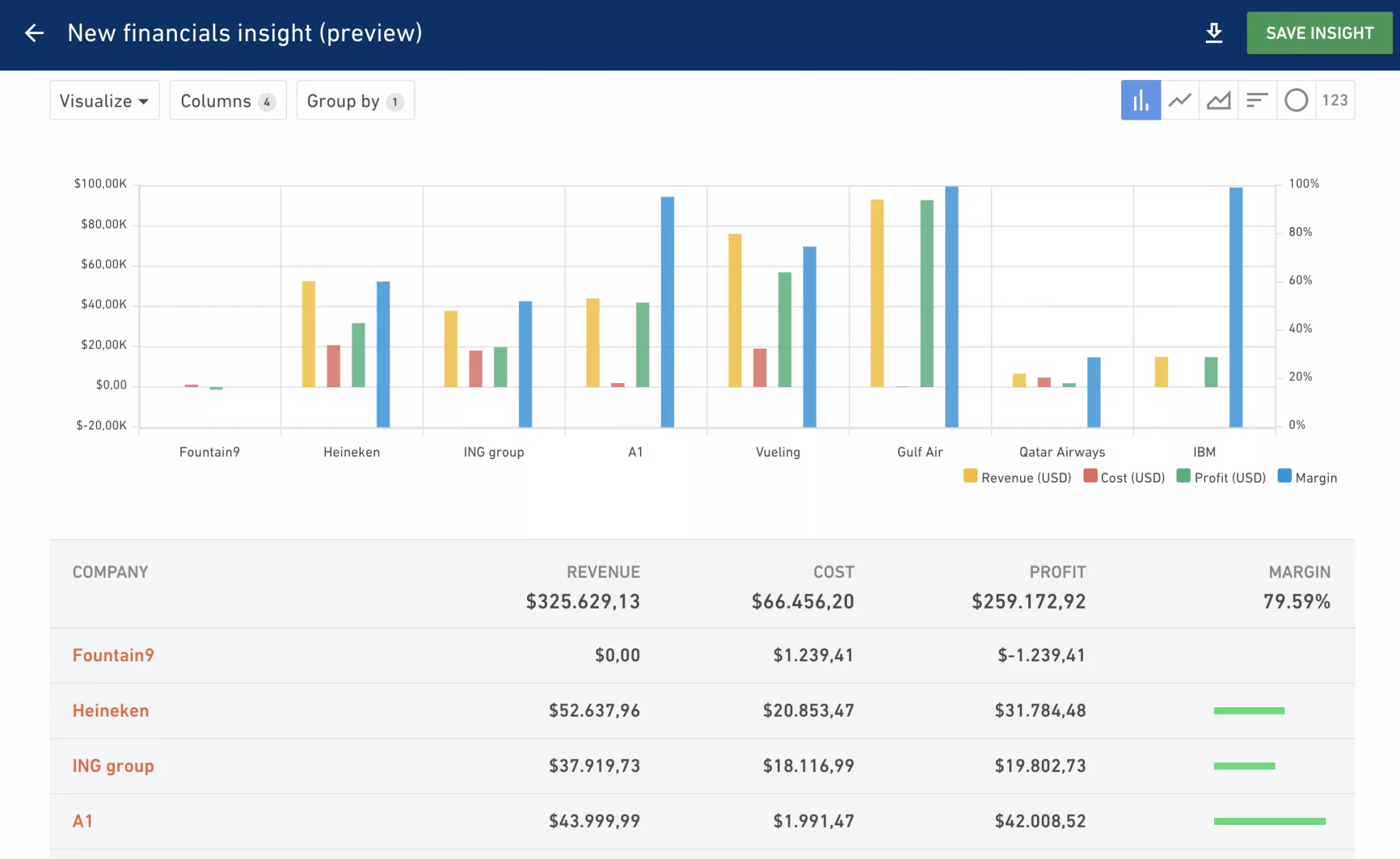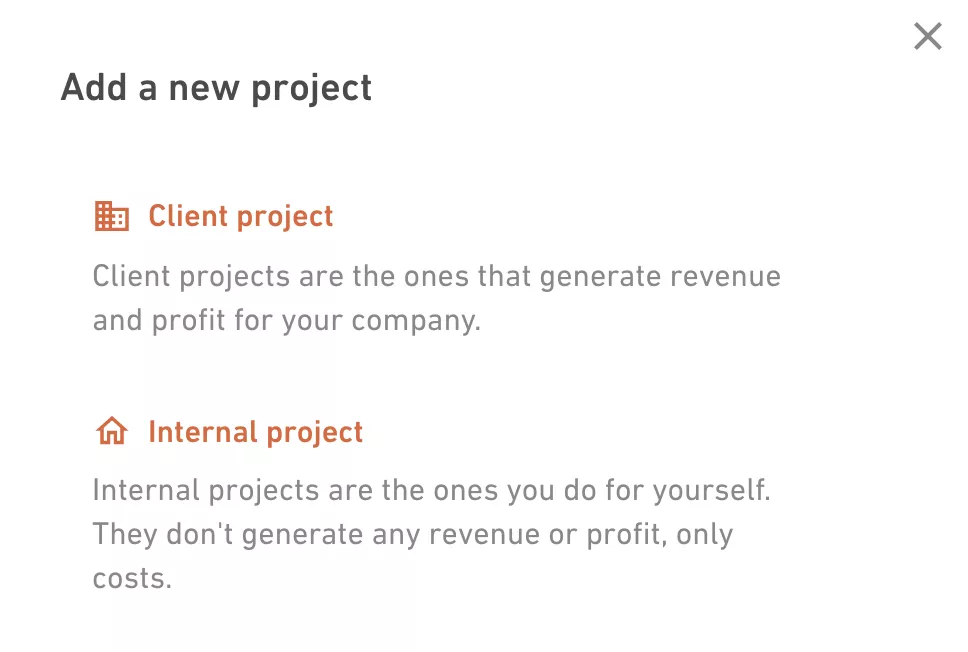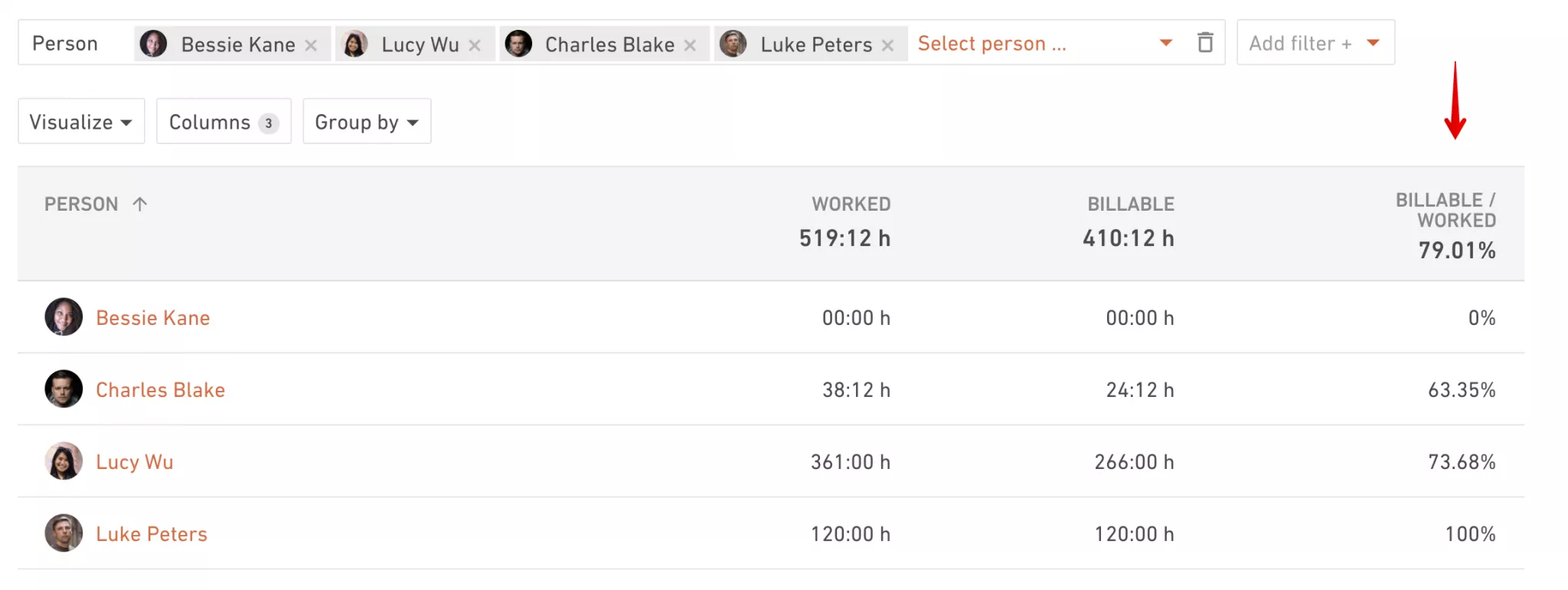How To Calculate The Two Most Important Agency Metrics

We Help Your Agency Reach New Heights
Switch from multiple tools and spreadsheets to one scalable agency management system.
Somebody wakes you up in the middle of the night and asks you to recite the exact values of 2 most important agency metrics. Would you be able to answer that question?
If you want to maintain a healthy services business, you should be.
Let’s look at what they are, and how to calculate them.
Profit margin
Attributes: Revenue, Cost, Time frame
Typically, the biggest chunk of cost in any agency is going to be the team. This is why billable utilization is important, but we’ll get to that later.
The second category of costs is going to be project expenses. The amount of said expenses is going to vary greatly depending on what type of agency you’re running. If you’re an event management agency, the amount of pass-through revenue could be extremely high, as much as 70-80%.
The third and often ignored category of expenses is going to be the overhead cost of your company.
To summarize, the expenses in an agency are going to come from three major sources.
1. People’s salaries
2. Project expenses
3. Company overhead
If you use Productive as your agency management software, you have the ability to track and monitor all 3 categories easily.
Every person has a fixed salary that is automatically factored in when they track time.
Expenses are added to projects and categorized as either non-billable or billable (with, or without markup).
An algorithm in the background will use facility cost as a baseline to calculate how much overhead cost your company produces per hour, splitting that cost equally across all staff members.
The example below shows you a Report that groups profit by a client, including all expenses and comparing them against the total revenue.

This Report can be built in seconds and it completely replaces spreadsheets. It is updated in real time and can be grouped and filtered any way you choose.
Having a report like this is going to be crucial in finding out which clients bring the most profit. Also, it might make you reconsider contracts where you’re clearly losing money.
Billable utilization
Attributes: Worked time, Billable time, Time frame
As mentioned before, your team is going to take the biggest bite out of your agency’s profit margin. The better team you have, the more they’re going to cost. Naturally, they’re going to do a better job so your clients will be willing to pay more (ideally).
Ultimately, if you have good teammates and good clients, maximizing your profit margin is going to come down to utilization.
So, how do we measure utilization?
It’s all basically going to fall down to the difference between time spent on internal projects and client projects. Some of your teammates, such as finance, accounting, office management and sales are going to be 0% utilized on client work. They aren’t directly involved in delivering the work your client has contracted you to deliver.
So, when looking at billable utilization, we really need to focus on teammates who are directly involved in client work. They are the ones who are pulling the heavy weight. They need to cover their own salaries, as well as the overheads, non-billable project expenses and non-billable staff.
In Productive, we allow you to split projects between client and internal.

We can’t stress enough how important it is to track time on internal projects. Without doing that you will have zero knowledge about how much your agency actually costs. An example of an internal project would be building your own agency website.
Even the production team will not be 100% utilized. Ideally, you should be shooting at no less than 75% billable utilization. How do you calculate that number? It’s simple, you divide the entire amount of time spent on all projects (client and internal) by the total amount of time that is actually billable to your clients.

Keep in mind that this is not only important for time and materials projects. It’s even more important on fixed projects, where you’ll be betting heavily on your ability to estimate the project scope. Ideally, you want to invoice your clients for more than you’ll actually spend, to make sure the margin is high enough to pay the bills.
Utilization is going to be key in making sure your target margin is met.



